drywall questions galore
fuzzy
17 years ago
Featured Answer
Sort by:Oldest
Comments (9)
lil_geek
17 years agoRelated Professionals
Corcoran Kitchen & Bathroom Designers · Fresno Kitchen & Bathroom Designers · Midvale Kitchen & Bathroom Designers · Ramsey Kitchen & Bathroom Designers · Ridgefield Kitchen & Bathroom Designers · San Jacinto Kitchen & Bathroom Designers · West Virginia Kitchen & Bathroom Designers · Woodlawn Kitchen & Bathroom Designers · South Farmingdale Kitchen & Bathroom Designers · Terryville Kitchen & Bathroom Designers · Jefferson Hills Kitchen & Bathroom Remodelers · Oceanside Kitchen & Bathroom Remodelers · Saint Helens Kitchen & Bathroom Remodelers · Sun Valley Kitchen & Bathroom Remodelers · Baltimore Architects & Building Designershousekeeping
17 years agofuzzy
17 years agoDebbie Downer
17 years agofuzzy
17 years agofuzzy
17 years agoDebbie Downer
17 years agofuzzy
17 years ago
Related Stories
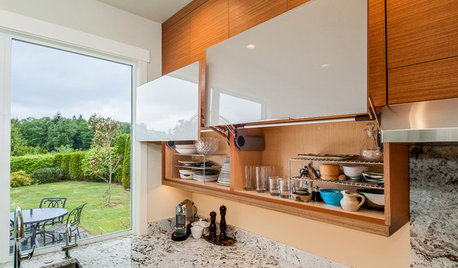
KITCHEN OF THE WEEKKitchen of the Week: Storage and Style Galore
White granite counters add modern style, while things like hidden drawers for pan lids create smart storage
Full Story
MATERIALSRaw Materials Revealed: Drywall Basics
Learn about the different sizes and types of this construction material for walls, plus which kinds work best for which rooms
Full Story
REMODELING GUIDESConsidering a Fixer-Upper? 15 Questions to Ask First
Learn about the hidden costs and treasures of older homes to avoid budget surprises and accidentally tossing valuable features
Full Story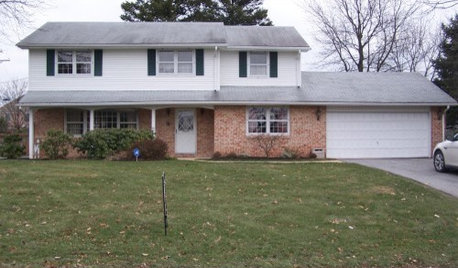

DOORS5 Questions to Ask Before Installing a Barn Door
Find out whether that barn door you love is the right solution for your space
Full Story
WORKING WITH PROS10 Questions to Ask Potential Contractors
Ensure the right fit by interviewing general contractors about topics that go beyond the basics
Full Story
GREEN BUILDINGConsidering Concrete Floors? 3 Green-Minded Questions to Ask
Learn what’s in your concrete and about sustainability to make a healthy choice for your home and the earth
Full Story
MOVINGHiring a Home Inspector? Ask These 10 Questions
How to make sure the pro who performs your home inspection is properly qualified and insured, so you can protect your big investment
Full Story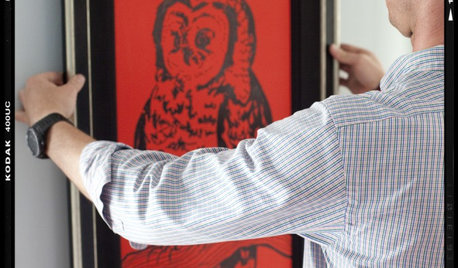
DECORATING GUIDESDecorating Secrets: Picture-Perfect Way to Hang Art
Save your drywall with these easy steps for hanging framed pieces
Full Story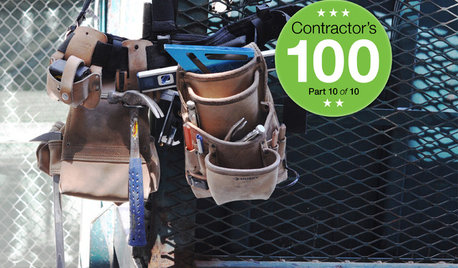
REMODELING GUIDESContractor's Tips: 10 Things Your Contractor Might Not Tell You
Climbing through your closets and fielding design issues galore, your contractor might stay mum. Here's what you're missing
Full Story





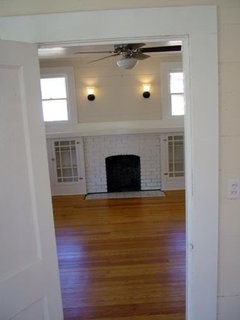



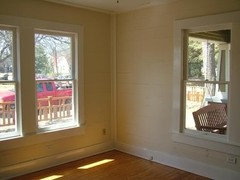



stanlie_gw